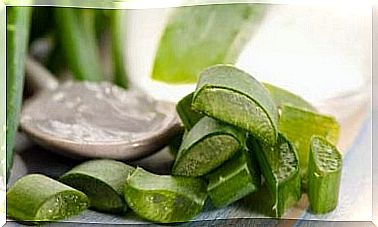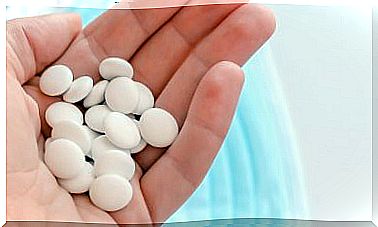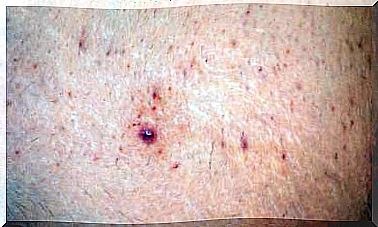How To Treat Eye Infections With 5 Natural Remedies
Grandma’s pharmacy has remedies for almost everything, including those pesky eye infections.
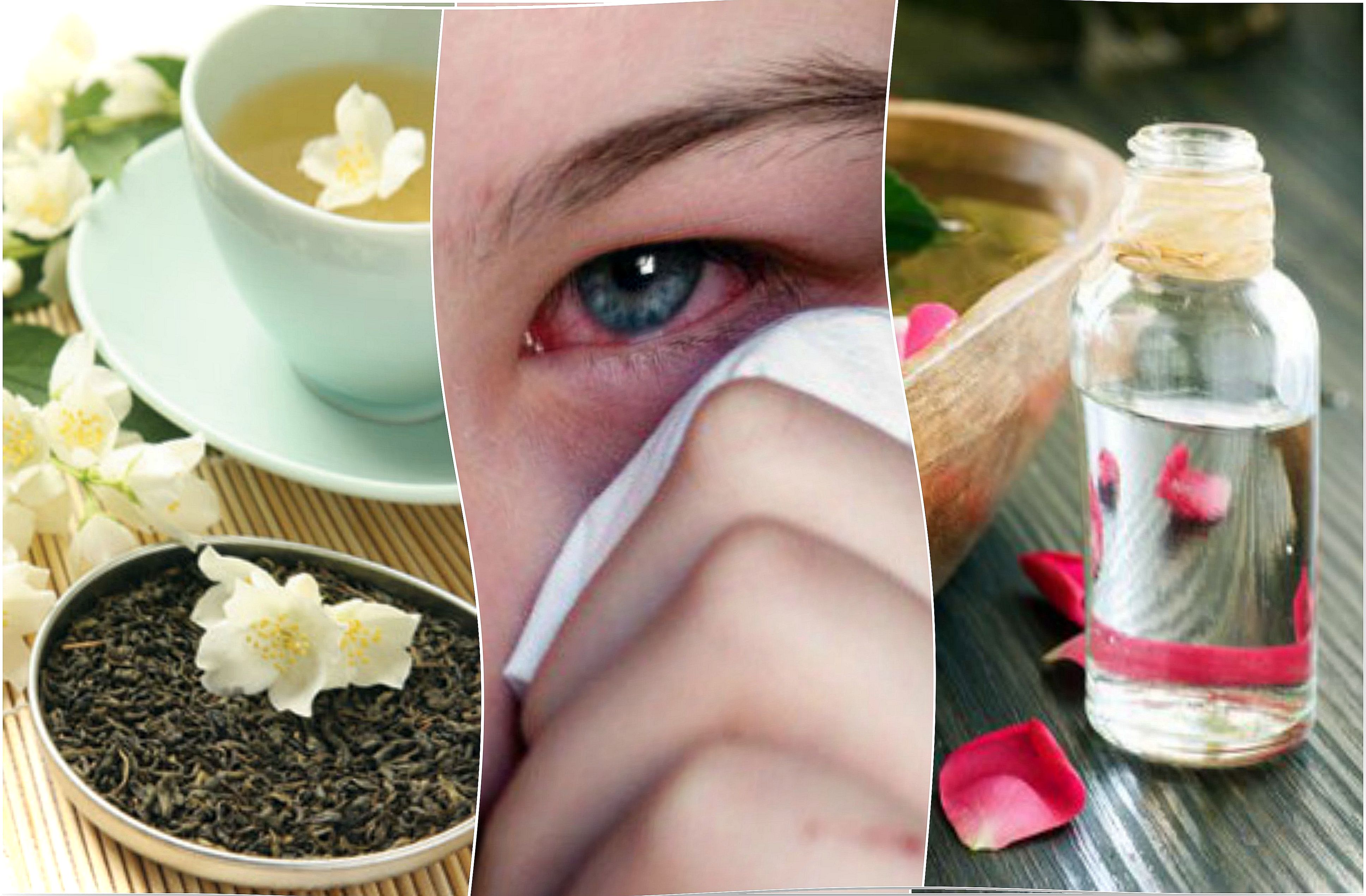
The eyes are not exempt from suffering infections both in the inner and outer eyelids. They can be very annoying and even painful. Sometimes, if they are not treated, they can go further. Therefore, it is vital to treat eye infections before they become serious and can affect vision.
As a complement to what the professional may guide (compresses, drops, ointments or antibiotics), you could ask if it would be convenient to use some natural remedies to obtain relief. Do you know what options you have to choose from? Don’t worry, we’ll reveal some of them below.
Eye infections, a common problem
Eye infections can be caused by the attack of viruses, bacteria and fungi that, when proliferating, generate an inflammatory reaction. Its symptoms include a constant sensation of itching and irritation, usually accompanied by redness, loss of lubrication, and interference with visual ability.
Although they are not usually recurrent and disappear in a short time, as we mentioned earlier, it is important to pay attention to them so that they do not present complications or more careful conditions. Paying attention involves avoiding handling the infected area with your hands and maintaining proper hygiene.
Fortunately, in addition to the conventional antibiotics that are distributed for its treatment, there are several natural remedies that can contribute to the relief of some discomforts.
Natural remedies to treat eye infections
Grandma’s apothecary has natural remedies for just about everything, even treating mild eye infections. Have you ever heard of one? Maybe from chamomile, as it is one of the ones that appears the most in the top 3 of the most popular, but are there others that you should know? Yes, and we will present them to you below.
1. Flax seeds
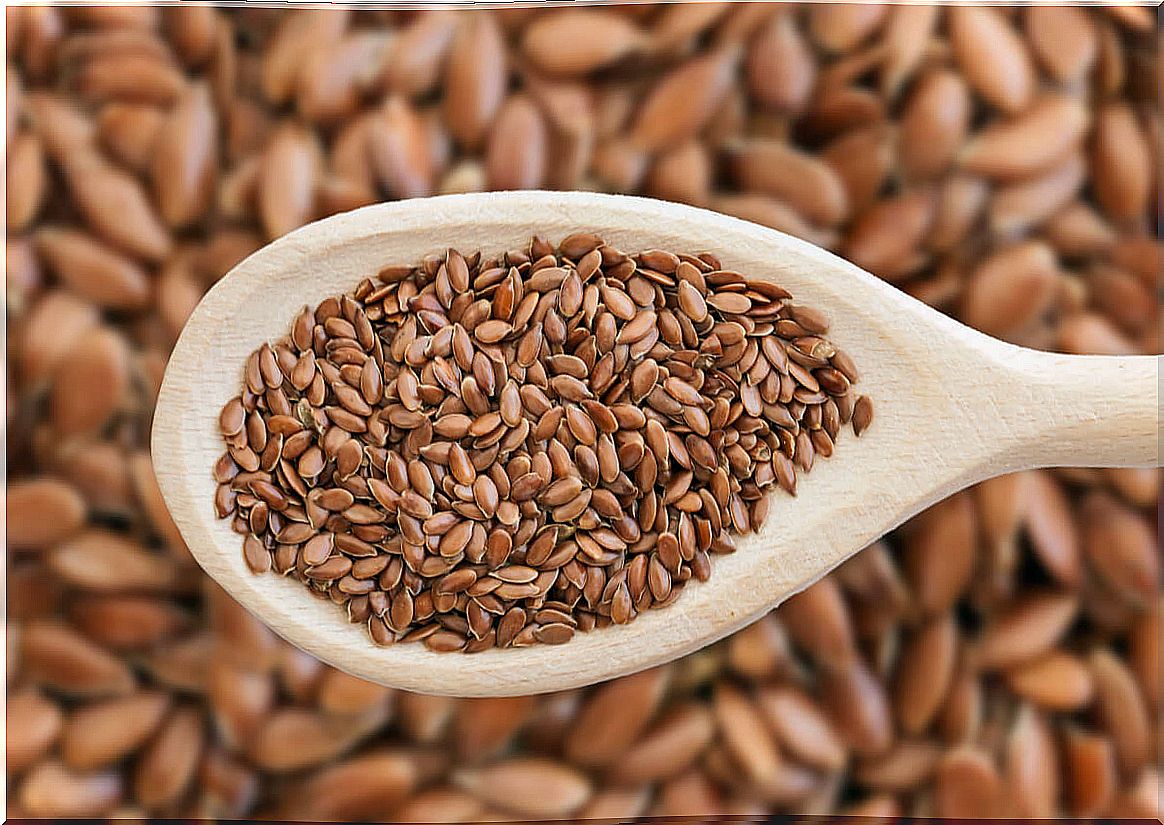
Flax seeds, known for their digestive, diuretic and anti-inflammatory properties, are an excellent supplement to the diet. But according to popular wisdom, they could also be helpful in helping to control symptoms of eye infections, in the eyelid area.
Ingredients
- 1 tablespoon of flax seeds (10 g)
- 1 glass of water (200 ml)
Preparation
- Add a tablespoon of flax seeds to a glass of water and simmer over low heat for 10 minutes.
- Then, wait for it to sit until it reaches a temperature suitable for use and pass it through a strainer.
Application mode
- Dip a clean cloth in the liquid and apply it to the eyelids for 5 minutes.
- Repeat the treatment 2 times a day.
2. Infusion of jasmine flowers
The bioactives in jasmine flower essential oil show promise as anti-inflammatory and antibacterial. For this reason, it is considered that they could facilitate the relief of eye infections, since they would act directly against the microorganisms that cause them.
Ingredients
- 3 drops of jasmine essential oil.
- 1 glass of water (200 ml)
Preparation
- Add the drops of the oil to a glass of boiling water and let it steep for 15 to 20 minutes.
- When it reaches a bearable temperature, place it in a spray container.
Application mode
- Use the liquid as an eye rinse, 2 times a day.
3. Rose water
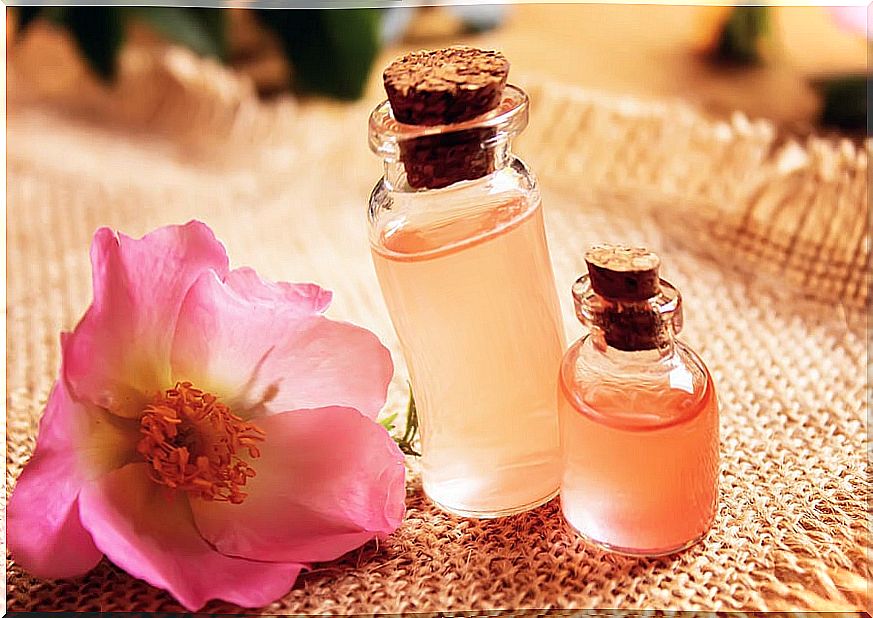
Rose water is a natural tonic that helps to cleanse the skin of the face, including the eyelids, but in a gentle way. Therefore, it is considered that it can be useful to alleviate the discomfort caused by minor eye infections that cause itching and irritation.
Ingredients
- 3 tablespoons of rose petals (30 g)
- 1 glass of water (200 ml)
Preparation
- Add the tablespoons of rose petals to a glass of water and simmer over low heat for 15 minutes.
- Remove it, wait for it to rest and pass it through a strainer.
Application mode
- Use the liquid as an eye wash and rub it in with the help of a couple of cotton balls.
- Repeat the treatment 3 times a day.
4. Natural yogurt
According to popular wisdom, the live cultures contained in plain yogurt can be used as a remedy against bacteria and fungi that affect the health of the eyelids. Its freshness would help reduce redness and swelling, which is why it would be very useful against itching and pain.
Ingredients
- 3 tablespoons of natural yogurt (60 g)
- 1 teaspoon of chamomile oil (5 g) (optional)
Preparation
- Although you can use plain yogurt on its own, we recommend combining it with a teaspoon of chamomile oil to enhance its anti-inflammatory and soothing properties.
Application mode
- Dip a cotton ball into the product and rub it over the affected eye areas. Be careful, you should use a cotton for only one eye, since using the same for both, you run the risk of spreading the infection.
- Let it work for 20 minutes and rinse with lukewarm water.
- Repeat its use 2 times a day.
5. Coriander infusion to treat eye infections
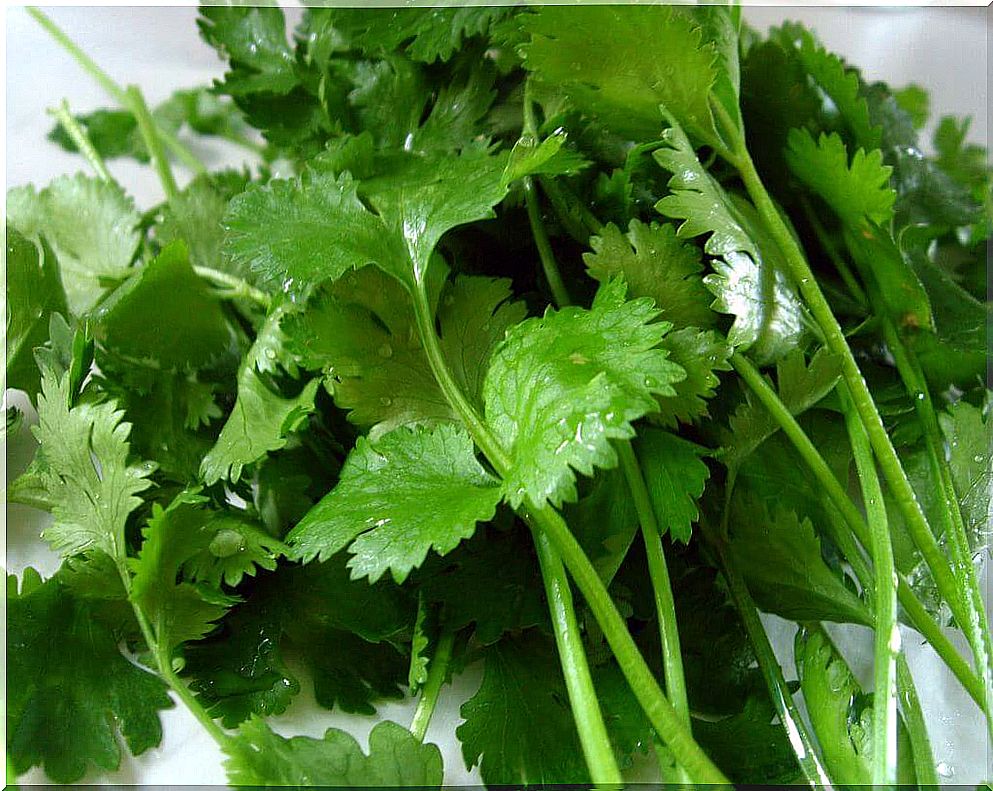
According to beliefs, the active compounds in coriander would be capable of acting as anti-inflammatories and antiseptics, something that could be useful in the treatment of eye infections. For this reason, there are those who take advantage of its application on the eyelids to reduce swelling.
Ingredients
- 1 tablespoon of coriander leaves (10 g)
- 1 glass of water (200 ml)
Preparation
- Add the coriander leaves to a glass of boiling water and let it steep for 15 minutes.
- Pass the liquid through a strainer and proceed to use it.
Application mode
- Dip a clean cloth in the infusion and rub it over your eyes.
- Optionally, add the liquid to a dropper and put 2 or 3 drops in the affected eye.
- Use it 3 times a day.
Final comments
Eye infections are a health problem that should not be taken lightly. Failure to take care of it properly can not only worsen symptoms that are already being experienced, but other complications can be unleashed. For this reason, it is essential to go to a medical consultation and follow the professional’s instructions once you have indicated the diagnosis.
The remedies that we have presented here can be a complement to the treatment that the doctor prescribes for you, if the professional considers it so. Therefore, do not rush and proceed with caution once you have the instructions to take care of yourself.
Last but not least: in no case do you apply several remedies at the same time, as this could cause you various discomforts, such as itching, irritation, redness, among many others.
